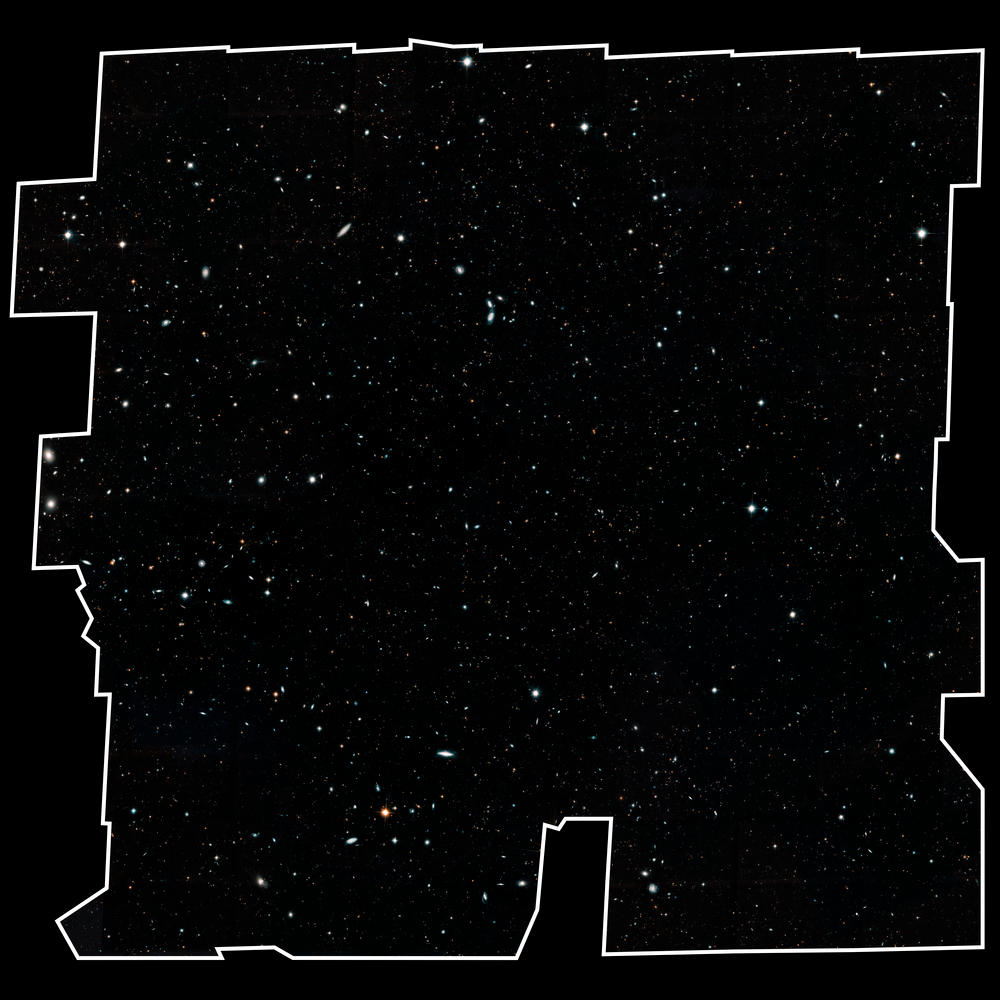New Hubble Telescope image reveals galaxies as they were 13 billion years ago
"NGC 5195 Galaxy - Hubble Space Telescope" by jwinfred on Flickr
The Hubble Space Telescope was launched into Earth's orbit in 1990. Since then, after a quick camera fix, it has taken some of the most spectacular images of our universe. With an unimpeded view of the cosmos, Hubble can peer farther and look deeper than any Earth-based telescope.
Last week, NASA and ESA released a wide-field view of our universe. To create this image, they stitched together over 7500 separate exposures taken over the past three decades. Astronomers picked a seemingly empty patch of sky and took multiple lengthy exposures with Hubble's camera. Then they stacked, or added up, the images to enhance the brightness of faint galaxies.

You are currently looking at about 265,000 galaxies in one astounding image
NASA, ESA, G. Illingworth and D. Magee (University of California, Santa Cruz), K. Whitaker (University of Connecticut), R. Bouwens (Leiden University), P. Oesch (University of Geneva,) and the Hubble Legacy Field team
Due to the vast distances we are dealing with and the finite speed of light, galaxies that are farther away are also from an earlier time. The particles of light we receive at our telescopes left these distant galaxies billions of years ago. The longer we keep the camera shutter open the more of these particles we can accumulate and the further back in time we can look. This image contains around 265,000 galaxies, the faintest of which are revealed by light they emitted over 13 billion years ago.
It's a really cool image to download and zoom into different areas. I recommend downloading the highest resolution PNG or TIFF image. Galaxies pop into view that weren't visible when you were zoomed out. There are galaxies of all shapes, sizes, and colors. It's a fun way to get lost in the cosmos.
See anything interesting in your zooms? Take a screen shot and send it to me on Twitter! We can talk about what you are seeing.